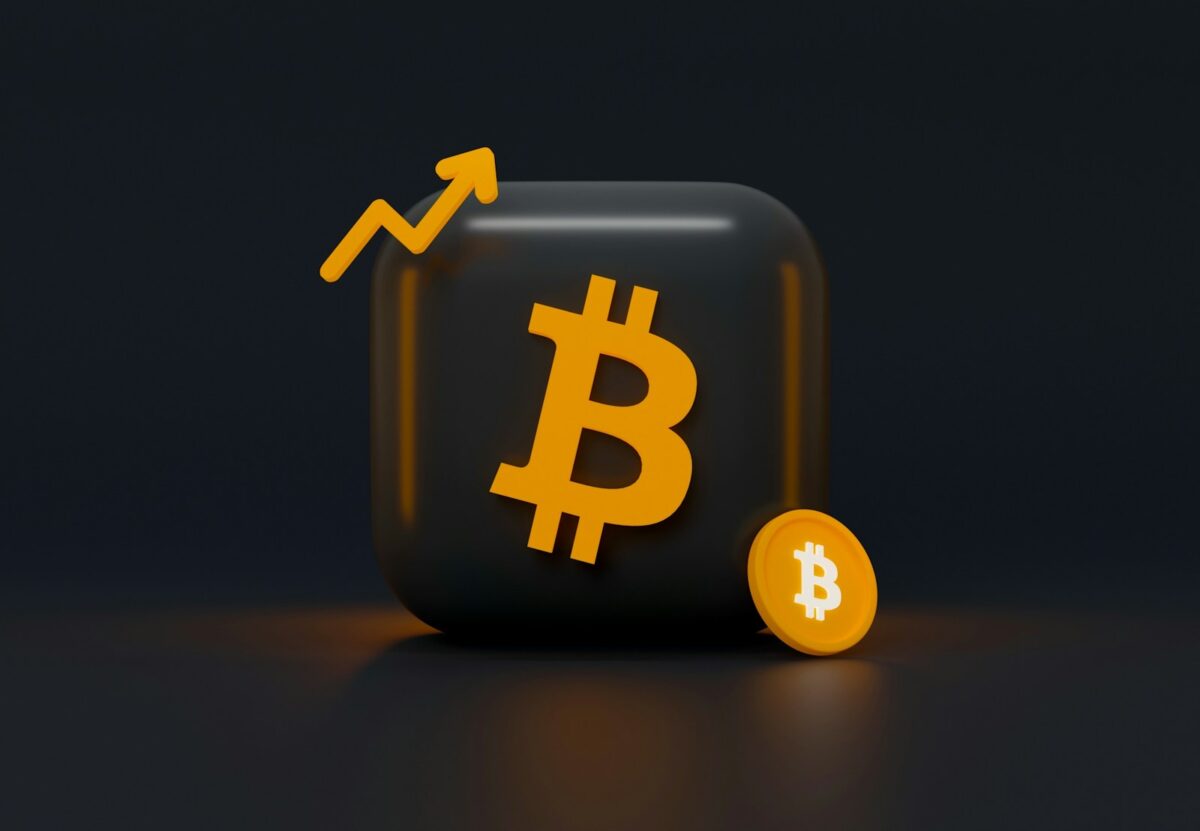
Layer 2 solutions explained

Scaling blockchain networks requires moving transaction processing away from the main chain without compromising security. Off-chain channels allow participants to conduct numerous transactions privately, updating their mutual state before committing a final result on-chain. This method drastically reduces congestion and fees while maintaining trustlessness.
Sidechains operate as independent blockchains running parallel to the main network, enabling asset transfers between chains through cryptographic bridges. They provide flexible environments for experimentation with different consensus mechanisms and increased throughput but introduce trade-offs in decentralization and security assumptions.
The core technology behind these scaling approaches involves batching transactions or states off the primary ledger and submitting succinct proofs or checkpoints on-chain. Understanding how state commitments, fraud proofs, and validity proofs function is key to evaluating various designs’ effectiveness and risk profiles.
This article breaks down prominent second-layer architectures by dissecting their mechanisms, advantages, and limitations. By exploring payment channels, rollups, and sidechain models step-by-step, readers can develop an informed perspective on which frameworks best address specific scalability challenges within decentralized ecosystems.
Layer 2 solutions explained
Scaling blockchain networks efficiently requires offloading transaction processing from the main chain while preserving security and decentralization. Rollups represent a prominent approach by aggregating multiple transactions into a single batch, submitting concise state proofs to the base layer. This method significantly reduces on-chain data load and gas fees without compromising consensus integrity.
State channels offer an alternative mechanism where participants conduct numerous off-chain interactions before finalizing a single aggregated result on the blockchain. By maintaining the current state between parties locally, channels minimize the frequency of costly on-chain operations and enable near-instantaneous transfers or smart contract executions.
Exploring Different Methods for Transaction Scaling
Rollups exist primarily in two variants: optimistic and zero-knowledge (ZK) rollups. Optimistic rollups assume transactions are valid by default, relying on fraud proofs during a challenge period to ensure correctness. Conversely, ZK-rollups generate succinct cryptographic proofs that validate batches instantly, enhancing finality speed but requiring more complex computation.
Sidechains operate as independent blockchains interoperating with the main network through pegged assets and bridges. They maintain their own consensus mechanisms and validate transactions separately, reducing congestion on the primary chain at the cost of some degree of trust decentralization. Examples include Polygon PoS chain and xDai, which provide faster throughput tailored for specific dApps.
- Rollups: Aggregate multiple transactions off-chain with state commitments on mainnet.
- State Channels: Allow repeated private interactions between users before settling final state on-chain.
- Sidechains: Independent chains linked via bridges enabling asset transfers and separate execution.
The choice among these technologies depends on use-case requirements such as throughput needs, latency tolerance, security assumptions, and compatibility with existing infrastructure. For example, payment-focused applications benefit from state channels’ rapid micropayment capabilities whereas complex DeFi platforms leverage rollups for scalability combined with strong validation guarantees.
An experimental mindset can further enhance understanding by implementing test deployments of different approaches. Observing how each handles transaction throughput under varying loads or how dispute resolution functions in practice builds critical insight into underlying mechanics. Combining theoretical knowledge with hands-on trials fosters mastery over these innovative scaling methodologies that continue shaping blockchain evolution globally.
How rollups improve scalability
Rollups significantly enhance blockchain throughput by compressing multiple transactions into a single batch, thereby reducing the computational load on the main network. This approach aggregates transaction data and periodically submits a succinct proof or summary to the primary chain, effectively minimizing the frequency and volume of on-chain operations required to maintain consensus.
This mechanism contrasts with sidechains and state channels, which also aim to alleviate congestion but differ in trust assumptions and security guarantees. Rollups inherit the security model of the base network since their compressed state updates are validated on-chain, ensuring that transaction integrity is maintained without sacrificing decentralization.
Technical distinctions between rollups and alternative methods
Unlike sidechains that operate independently with their own consensus protocols, rollups rely directly on the base protocol’s finality, submitting compressed state transitions for verification. This preserves alignment between off-chain computation and on-chain validation, mitigating risks related to fraud or censorship.
State channels facilitate instant transfers by locking assets in multi-signature contracts off-chain; however, they require participants’ continuous availability for dispute resolution. Rollups circumvent this limitation by enabling asynchronous batching of transactions while preserving deterministic state commitments anchored on-chain.
- Optimistic rollups: Assume validity of batched transactions until challenged via fraud proofs within a designated window.
- ZK-rollups: Utilize zero-knowledge proofs to cryptographically validate state transitions immediately upon submission.
The choice between these types influences latency, throughput capacity, and computational requirements of nodes verifying proofs or disputes.
Empirical scalability gains demonstrated by rollup implementations
Case studies such as Optimism and zkSync reveal throughput increases exceeding an order of magnitude compared to direct mainnet execution. For example, zkSync reports processing up to 2,000+ transactions per second (TPS), leveraging succinct proofs that aggregate complex computations efficiently. Meanwhile, Optimism achieves substantial reductions in gas fees by aggregating thousands of Ethereum transactions into single state commitments.
This scalability enhancement directly impacts user experience by lowering costs and improving confirmation times without compromising data availability or security assurances inherent in the underlying blockchain protocol.
The role of compressed state management in maintaining consistency
Rollups manage compressed state trees representing balances, smart contract data, and transaction histories off-chain. Periodic publication of Merkle roots or succinct proofs anchors this condensed representation back to the main chain’s ledger. This process allows validators to reconstruct transaction sequences deterministically from minimal data inputs while detecting any discrepancies through challenge mechanisms or proof verification.
Tactical recommendations for integrating rollup technology into existing ecosystems
An experimental approach involves deploying smart contracts compatible with rollup architecture alongside monitoring tools for real-time proof submissions and challenges. Developers should focus on optimizing batch sizes while balancing latency constraints imposed by fraud-proof windows or zero-knowledge circuit verification times.
The integration benefits not only high-frequency decentralized applications but also broadens accessibility by reducing entry barriers caused by prohibitive gas fees typical on congested networks. Continuous empirical assessment through metrics like gas cost savings per transaction batch and average settlement times will guide iterative improvements in deployment strategies.
State Channels for Microtransactions
State channels provide an effective mechanism to conduct microtransactions by enabling participants to transact off the main blockchain, significantly reducing on-chain load and transaction costs. This technology leverages a bi-directional communication channel where multiple payments or interactions occur off-chain, with only two on-chain transactions: one to open the channel and another to close it. As a result, state channels enhance throughput and scalability without compromising the security guarantees of the underlying blockchain.
Unlike sidechains or rollups that batch or replicate transactions on separate chains or layers, state channels rely on locking assets in a multisignature contract while allowing instant off-chain updates between parties. This approach is particularly well-suited for scenarios requiring high-frequency, low-value exchanges such as gaming micropayments, IoT device interactions, or rapid content monetization. The final state is committed on-chain only upon channel closure, preserving integrity and preventing fraud through cryptographic proofs.
Technical Foundations and Comparative Analysis
The fundamental principle behind state channels involves maintaining a shared state between participants that evolves through signed messages representing transaction updates. Each update overwrites the previous one, ensuring both parties agree on the current balance distribution. If disputes arise, the most recent agreed-upon state can be submitted to the blockchain for resolution using smart contracts enforcing predefined rules.
When compared to other scalability techniques like sidechains, which operate as independent blockchains with their consensus protocols, or rollups, which aggregate multiple transactions into one compressed proof posted periodically on-chain, state channels offer near-instant finality and negligible fees during active use. However, they require continuous connectivity between participants until settlement occurs and are less flexible for complex multi-party interactions involving many users simultaneously.
Plasma chains: use cases
Plasma chains provide a scalable approach to increase transaction throughput by offloading activity from the main blockchain, significantly reducing congestion and gas fees. This technology utilizes a system of hierarchical child chains that process transactions independently while periodically submitting state commitments back to the root chain, ensuring security and finality. Unlike rollups, Plasma relies on fraud proofs within its design, which makes it particularly suitable for scenarios requiring high-frequency micropayments or gaming applications where rapid state updates are essential.
The architecture of Plasma offers an intriguing alternative to sidechains and state channels by enabling secure asset transfers without fully trusting external validators. Its model partitions the blockchain into smaller segments with isolated states, allowing users to interact with these child chains in a trust-minimized environment. This separation facilitates efficient scaling while maintaining the cryptoeconomic guarantees of the underlying network.
Use cases demonstrating Plasma’s potential
One prominent application of Plasma is in decentralized exchanges (DEXs) that require fast and frequent trades. By executing trades on Plasma chains, DEXs can achieve near-instant confirmation times and lower transaction costs compared to processing every trade on the mainnet. For example, OmiseGO implemented a variant of Plasma to enable real-time payments and asset swaps, showcasing how this mechanism supports liquidity-intensive environments.
Gaming platforms also benefit from Plasma’s ability to handle large volumes of microtransactions without burdening the primary ledger. In-game asset transfers and state changes–such as item ownership or player progress–can be settled off-chain rapidly while anchoring critical checkpoints on the main blockchain for dispute resolution. This method preserves decentralization while enhancing user experience through reduced latency.
Another relevant area is supply chain management, where multiple participants interact frequently and require transparent yet efficient record-keeping. Plasma’s framework allows these entities to update shared databases within isolated chains that interoperate securely with the root chain, ensuring authenticity without compromising scalability. Such an approach has been explored in pilot projects aiming to track provenance or compliance data at scale.
Despite similarities with rollups and sidechains, Plasma distinguishes itself by not relying on data availability assumptions inherent in optimistic or zero-knowledge proofs but instead employing exit mechanisms anchored in economic incentives. This characteristic suits contexts demanding strong withdrawal guarantees over immediate data accessibility. Therefore, enterprises focusing on asset custody or long-term archival may find Plasma’s design advantageous as part of their off-chain expansion strategies.
Security Trade-offs in Layer 2 Scaling Technologies
Prioritizing security in rollups and sidechains requires balancing decentralization, data availability, and trust assumptions. Optimistic rollups rely on fraud proofs that introduce latency but maintain Ethereum’s base chain security model, whereas zk-rollups offer cryptographic guarantees with complex validity proofs at the cost of computational overhead. Sidechains operate independently with their own consensus, which accelerates throughput yet demands increased trust in external validators.
The choice between these approaches directly impacts the state integrity and user asset safety. For instance, rollup designs that store transaction data on-chain mitigate censorship risks, while some sidechains sacrifice this transparency for enhanced scalability, creating potential attack vectors such as validator collusion or delayed finality. These trade-offs must be rigorously evaluated against application requirements and threat models.
Future Directions and Experimental Investigations
- Hybrid architectures: Combining zk-rollup succinctness with sidechain flexibility could address current limitations by layering cryptographic proofs atop independent chains, enhancing both throughput and security guarantees.
- State availability sampling: Techniques like data availability committees promise to reduce reliance on full nodes without compromising verifiability–an area ripe for experimental validation through testnets simulating adversarial conditions.
- Cross-domain communication: Secure interoperability protocols remain critical to preserve asset consistency across disparate scaling layers, motivating research into optimized proof aggregation and dispute resolution mechanisms.
Continued exploration of these dimensions will redefine how scaling technology preserves core blockchain attributes while expanding capacity. Encouraging hands-on experimentation with test environments can deepen understanding of subtle failure modes inherent in each approach. By framing these trade-offs within precise technical contexts rather than abstract ideals, practitioners can better anticipate vulnerabilities and innovate resilient architectures that sustain long-term ecosystem growth.


